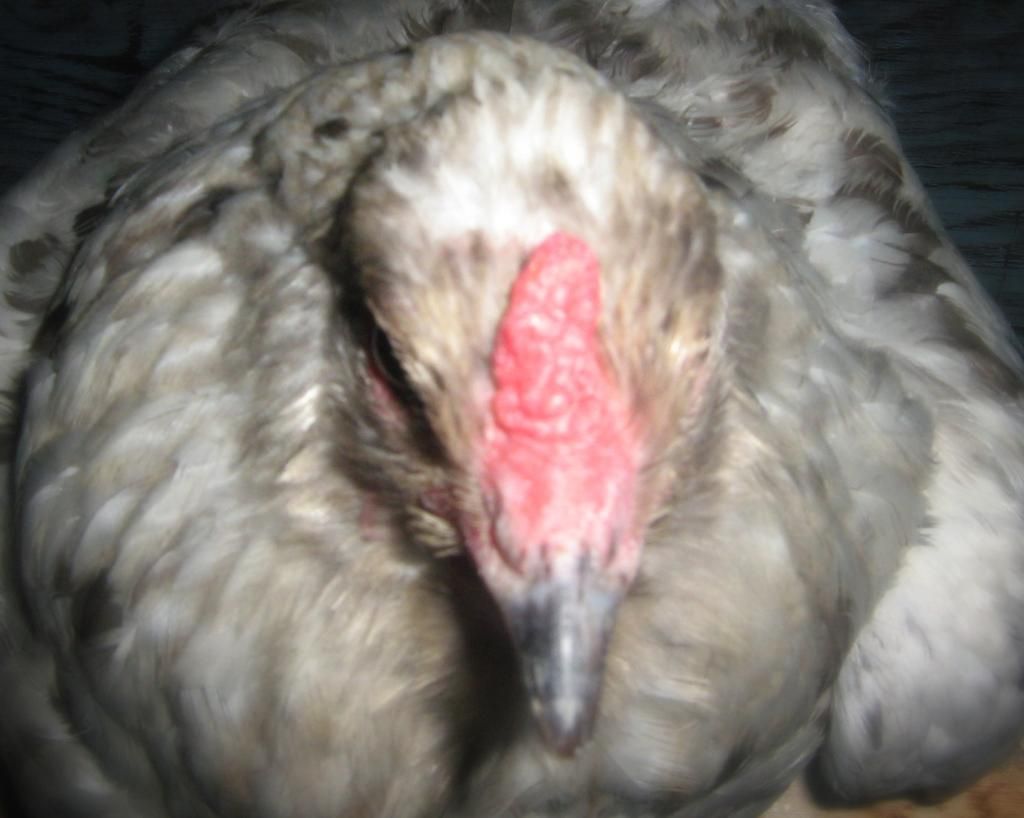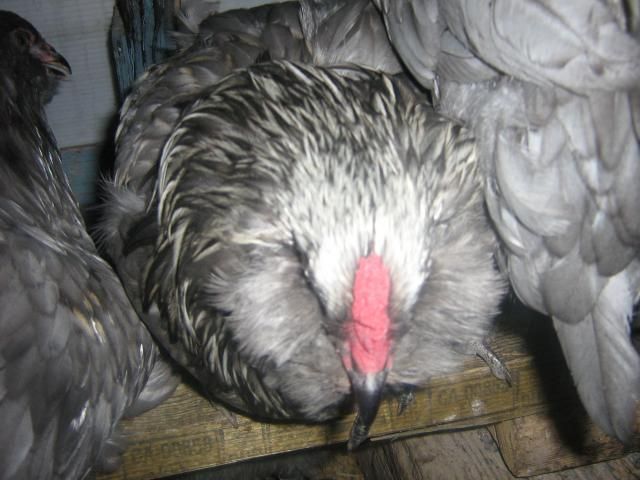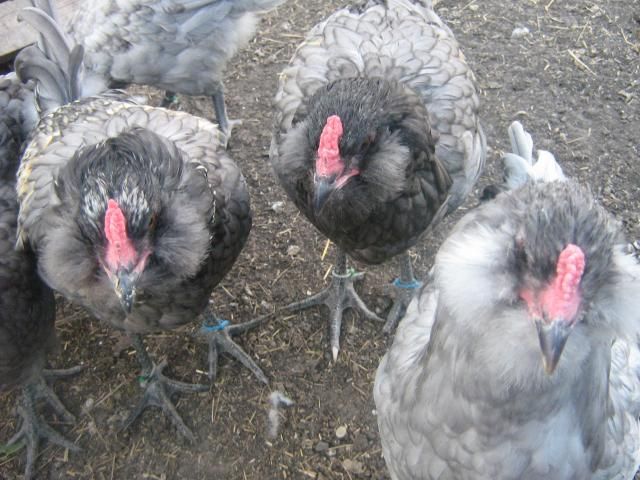16
News and Information / Re: Ameraucana Breeders Club - Statement from the Board of Directors
« on: March 10, 2015, 01:43:07 PM »
I like your style Denise. Nicely said. 

Welcome to the Ameraucana Breeders Club (ABC) Forum!
Join the ABC at AmeraucanaBreedersClub.org/membership.html
Please visit our website at AmeraucanaBreedersClub.org
You must be a club member to post & to view the Members Only section.
This section allows you to view all posts made by this member. Note that you can only see posts made in areas you currently have access to.




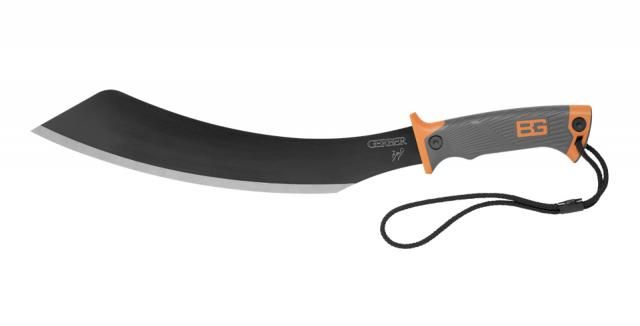






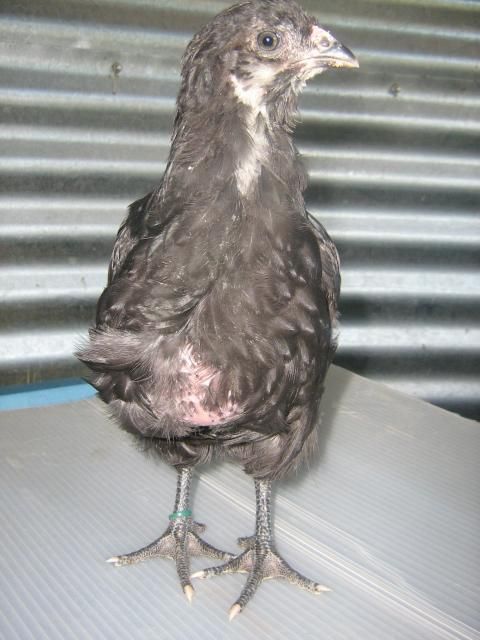
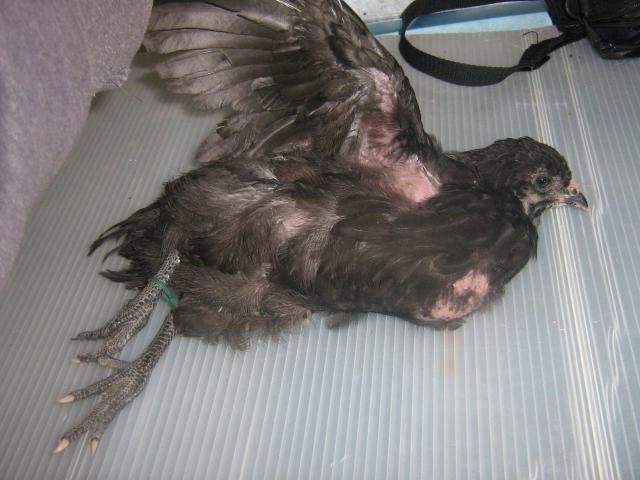


 And once the chicks move to the brooder house (around 5-7 days, those tubs are only temporary) I keep their waters raised up about chick chest level, so the water stays cleaner a lot longer. Bricks work good, or those small round patio stones you can find at the hardware store.
And once the chicks move to the brooder house (around 5-7 days, those tubs are only temporary) I keep their waters raised up about chick chest level, so the water stays cleaner a lot longer. Bricks work good, or those small round patio stones you can find at the hardware store. 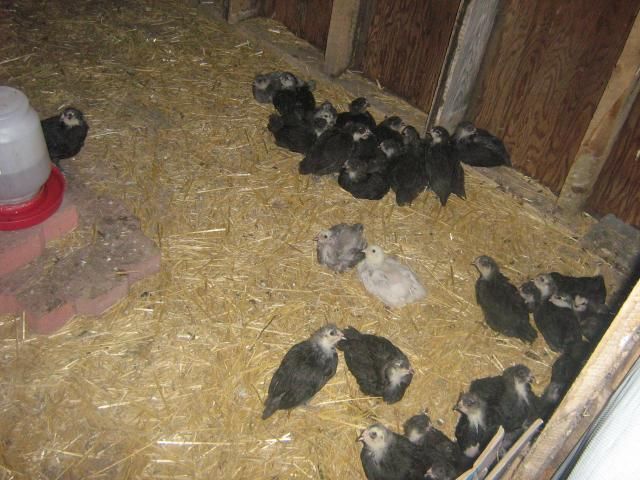
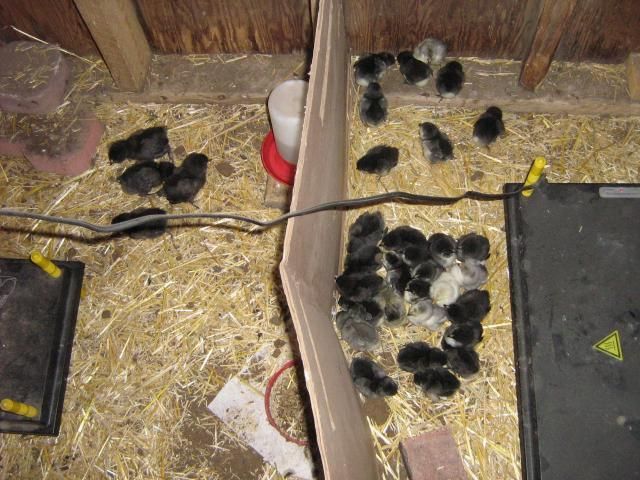

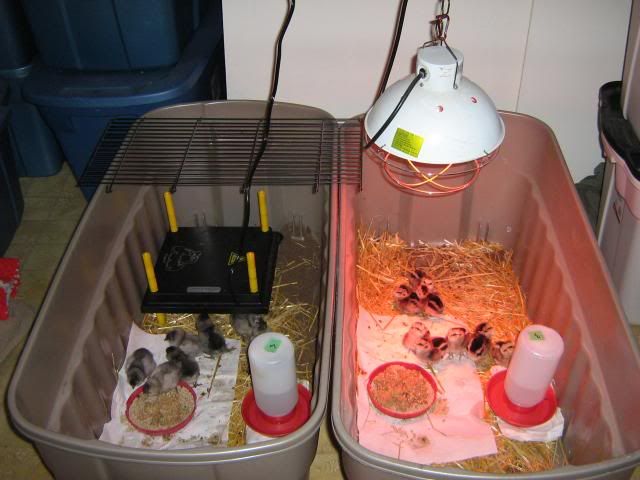

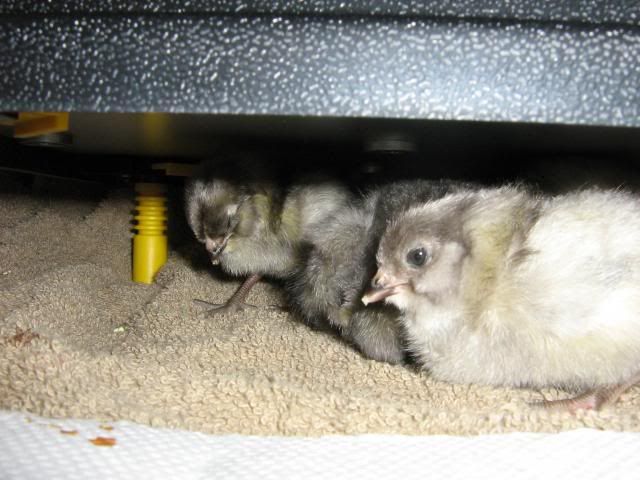

Cliff, it was actually the ABA who recognized Ameraucanas first. ABA recognition came in 1980, the APA not until 1984. The large fowl Ameraucanas came in on the coat tails of the bantams, the LF without even a qualifying meet. We in the Ameraucana Bantam Club at the time were surprised to say the least. After the announcement was made, I worked with John Skinner of the University of Wisconsin, then chairman of the APA Standards Committee, to re-word the bantam Standard for the APA. John did the primary work, but submitted it to us for comments and revisions. He got a bad rap from Don and a few others, but he was as impartial as anyone could be. Prior to the APA qualifying meet for bantams (Ohio National, 1983) John had encouraged us to work with Tom Lippincott's group based in Ohio to form a unified Ameraucana Standard, but we had already been approved by the ABA, and Tom would not cooperate with us. His birds had mostly yellow and willow shanks, so I suppose that was the main reason.



 The S curve is not an official term to my knowledge, but something I noticed within my flock and have been trying to breed away from. I like a nice, tight pea comb, low to the head and straight as a board. Unfortunately, the hens do not agree with me. They seem to be most attracted to males with the biggest, reddest headgear….who usually turn out to be the most hardy and vigorous of specimens. Hence why I’m still dealing with the S curve, lol…
The S curve is not an official term to my knowledge, but something I noticed within my flock and have been trying to breed away from. I like a nice, tight pea comb, low to the head and straight as a board. Unfortunately, the hens do not agree with me. They seem to be most attracted to males with the biggest, reddest headgear….who usually turn out to be the most hardy and vigorous of specimens. Hence why I’m still dealing with the S curve, lol… She’s also a good layer, extremely fertile and has wonderful hatchability in her offspring.
She’s also a good layer, extremely fertile and has wonderful hatchability in her offspring. 